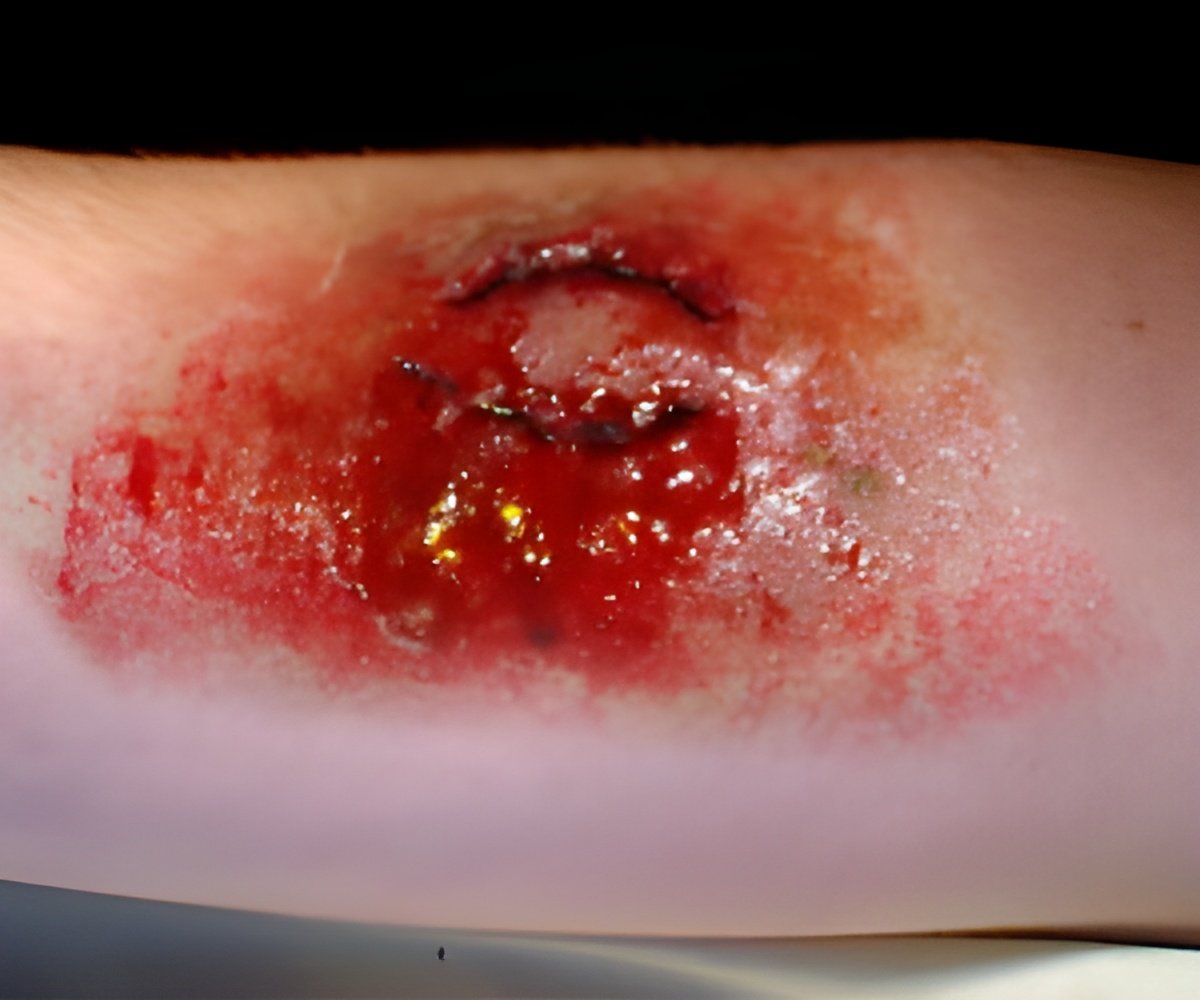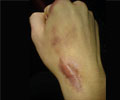A new infection-control protocol developed by researchers prevents sternal wound infections in children by 61 percent.

Approach to children not standardized
A sternotomy is a surgical incision through the sternum. This particular study was the follow-up to an initial nationwide, multi-institutional study carried out by the group in 2009. The first study revealed that programs across the country had no standardized manner in which to prevent sternal wound infections (Annals of Thoracic Surgery 2011; 91:799-804). "This was noted to be of concern, as the adult cardiac surgical population has well-described protocols to prevent such infections," said S. Adil Husain, M.D., of UT Medicine San Antonio. He is associate professor of cardiothoracic surgery in the School of Medicine.
Multiple interventions implemented
The protocol tested in the follow-up study included preoperative baths with a skin disinfectant, the use of disposable, single-use electrodes, and administration of antibiotics no longer than an hour before the start of surgery. The number of sternal wound infections decreased from 14 the first year of the study to five the second year.
The sternum, also called the breastbone, anchors the rib cage protecting the heart and lungs. To correct congenital heart defects, surgeons in many cases must break open the sternum to gain access to the operation site. More than 350 pediatric cardiac surgical cases are performed annually at the children's hospital with the sternum being opened at least 75 percent of the time.
Advertisement
"Sternal wound infection is relatively infrequent; however, when it occurs it increases the child's length of stay and recovery time," said Cathy Woodward, D.N.P., RN, PNP-AC, of UT Medicine and assistant professor of pediatrics in the School of Medicine. "The bone, muscle and tissue around the heart can become involved when the infection is deep."
Multicenter study would be logical next step
Children from newborns to age 18 were included in the study. Using a protocol for children with delayed closure of the sternum also produced a lower infection rate, although it was not statistically significant.
"Because we had so few infections, we don't have enough statistical power to analyze these results," Dr. Woodward said. "This pilot finding lends itself to the need to do a multicenter study."
Source-Eurekalert










